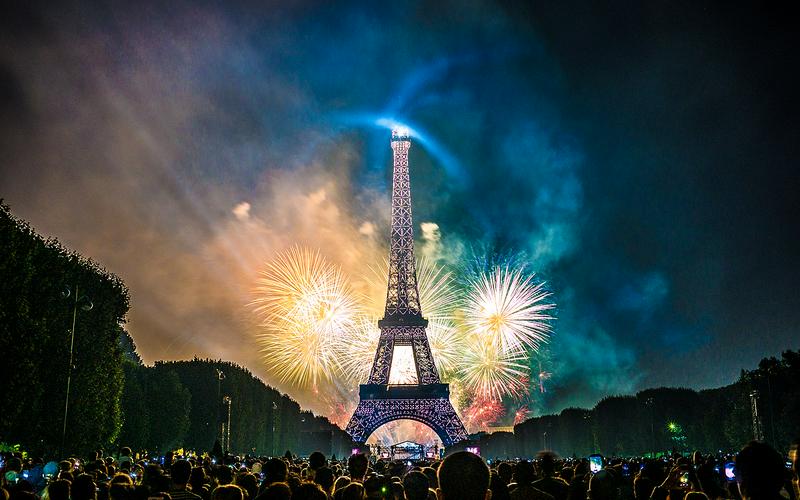The Storming Of The Bastille
By | August 30, 2019

Every year on July 14, the French celebrate Bastille Day, the anniversary of the day in 1789 when the citizens of Paris stormed the 14th-century gothic prison known as the Bastille. The event is commemorated for launching the French Revolution which was responsible for overturning the French monarchy and introducing the nation to civil rights. Bastille Day is to France what the Fourth of July is to the United States - their Independence Day.
The Bastille was built as a fortified gate during the reign of Charles V, who laid the first stone on April 22, 1370. Charles VI turned it into an independent stronghold. But it was Cardinal de Richelieu of the 17th century who first used it as a prison. Originally, prisoners could only be held there under the direct order of the king but, under Louis XIV, its use was broadened to prisoners detained by the police. While it held an average of forty prisoners a year during the 17th century, there were only seven prisoners incarcerated there on July 14, 1789.

During the summer of 1789, Paris was in turmoil. When Charles Dickens began his novel, A Tale of Two Cities, with the words, “It was the best of times, it was the worst of times,” it was this time period to which he referred. And for the citizens of Paris, it was the worst of times. They were underfed and overtaxed, thanks in no short part to debts accumulated by King Louis XVI, and they were put on edge by the constant presence of troops around the city.

The tension was compounded by the king’s re-opening the Estates-General, the French Parliament which hadn’t met in over a century, to deliver a new tax plan. Possibly the last straw was the dismissal of the finance minister, Jacques Neckers, which led many to believe that the king was attempting to suppress any attempt at political revolution. All of that unrest came to a head on July 14.

The rebellion began with a march to the Hôtel des Invalides, where they looted three thousand firearms and five canons. These weapons were useless, however, without gunpowder which was stored in the Bastille. When they made the decision to storm the Bastille, it was not to free the prisoners but to acquire the needed gunpowder. An initial attempt to negotiate with the prison’s governor soon deteriorated into a bloody battle. By the time it was over, nearly one hundred citizens and eight prison guards were dead. The prisoners had been freed while the governor and three of his officers had been beheaded, their heads placed on pikes and paraded through the city.

The king arrived in Paris a few days later, eager to show his support and willingness to compromise. This led to the event being regarded as an act of revolution rather than merely a bloody riot. As part of his concessions, feudalism was abolished in August of 1789 and the first anniversary of the storming of the Bastille was a celebration of the new constitutional monarchy. However, the king’s concessions only resulted in a temporary peace as the Reign of Terror still lurked on the horizon. It wasn’t until 1880 that the French officially made Bastille Day a national holiday.

